The 9 best gadgets right now
The M4 iPad Pro wasn't the only thing May had to offer.

May was a loaded month with Apple and Google both releasing products. Project Astra was definitely the most interesting thing we saw at an otherwise boring Google I/O. Apple also dropped its latest iPad Pros with the all-new M4 chip and OLED displays, a 13-inch iPad Air for the first time, and the incredibly cool Apple Pencil Pro.
This month’s biggest surprises were the Spacetop G1, this $1,900 PC that uses AR glasses to create a 100-inch virtual workspace, and a stylish smartwatch from WiThings.
2 / 11

With all the bells and whistles in all the right places, the Lenovo Legion Pro 7i is the kind of laptop you can expect to handle everything you could possibly want and still surprise you. It’s cooking with gas thanks to high-end Intel CPUs and up to an RTX 4090. Starting at $3,220, the 9th gen Legion Pro 7i offers Razer Blade-level performance without the premium you pay for a Razer product. If you need the best all-around laptop you can get, but it’s also not a Mac, you won’t do much better than Lenovo’s 16-inch beast.
3 / 11
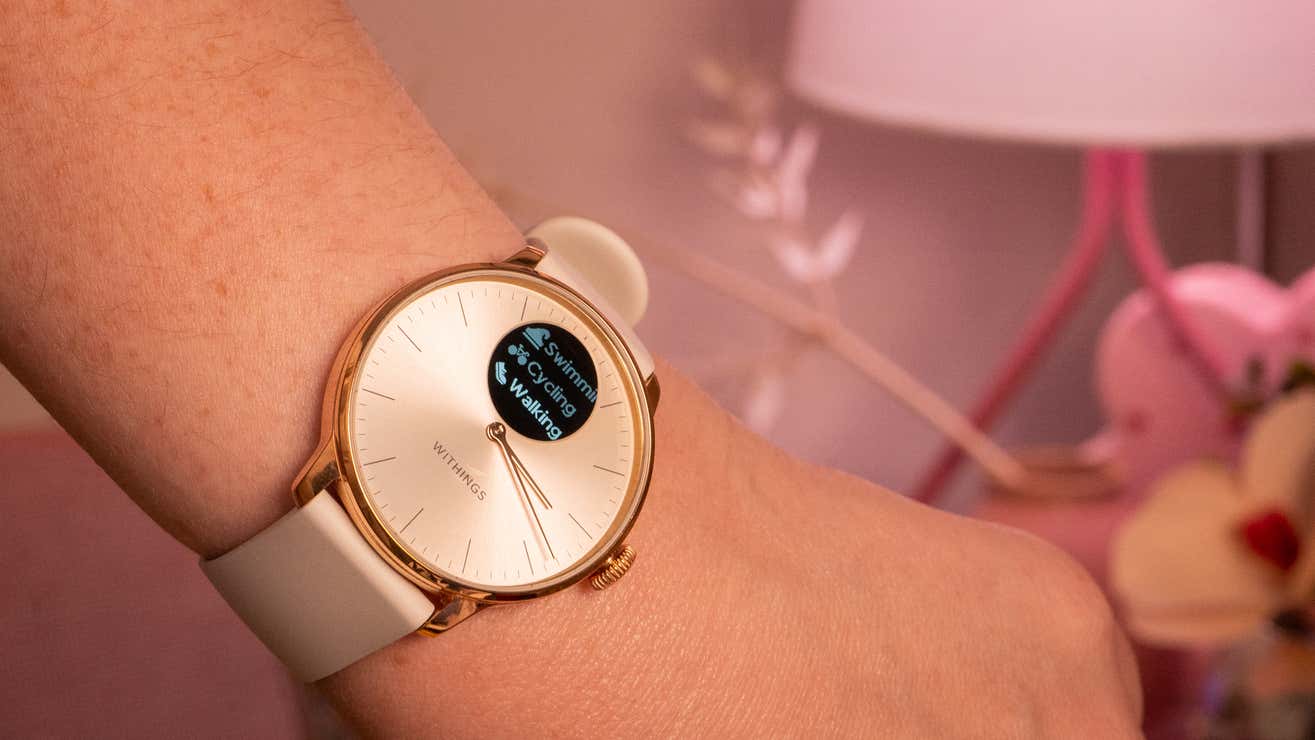
The WiThings ScanWatch Light is a $250 fashionable watch with a small profile and interchangeable bands. It’s best considered for casual users who want more of an analog watch than a smartwatch that blares notifications.
4 / 11
Google Pixel 8a
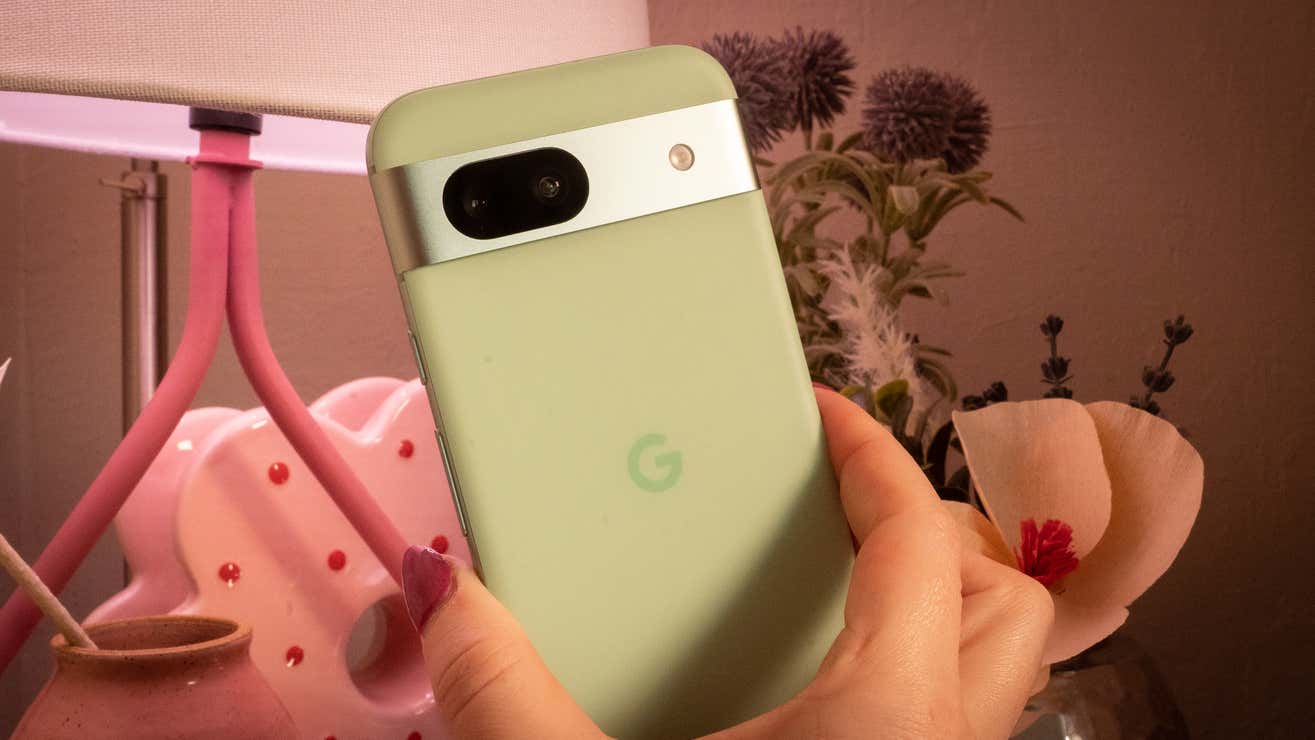
The best way to think about the Pixel 8a is the cheapest way to access all of Google’s AI goodies. It may seem like a reprise of the Pixel 8—and in many ways, it is. $500 to access Google’s Gemini AI-driven features, like Circle to Search, sounds like a great deal to me.
5 / 11
Google Project Astra
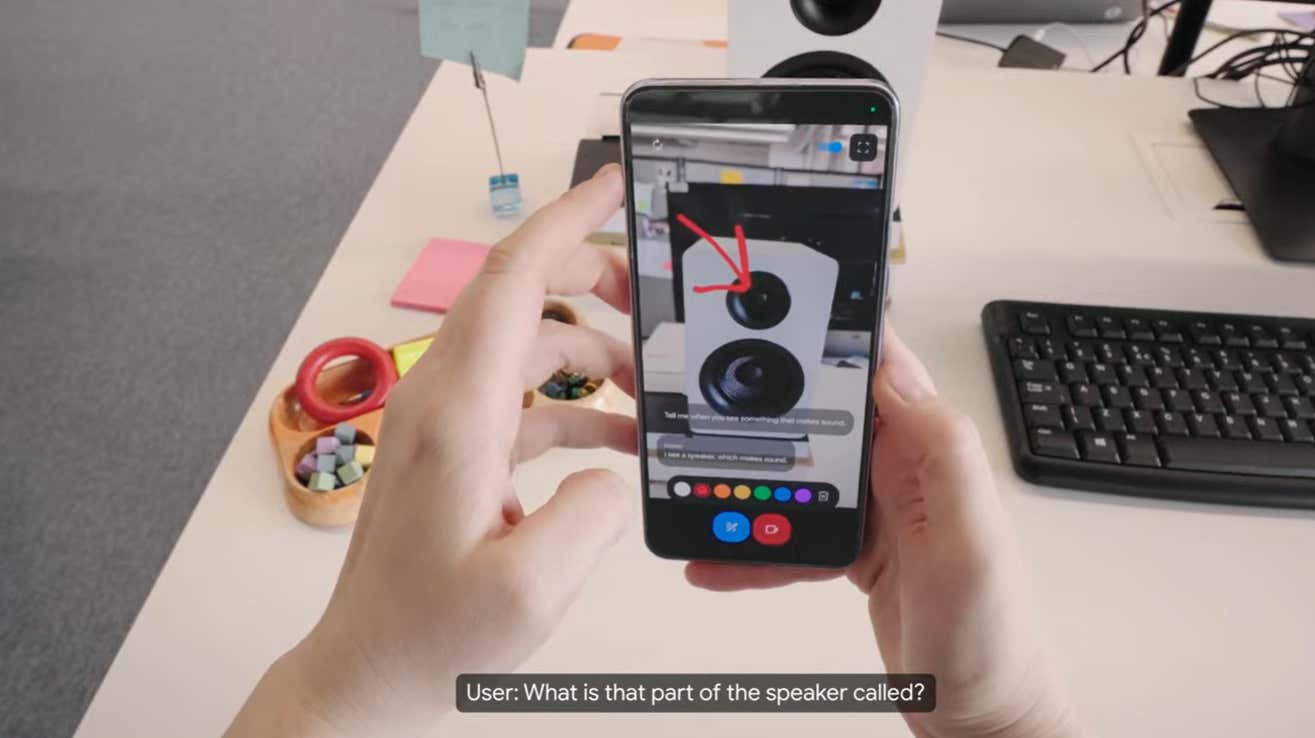
Project Astra is a multimodal AI agent designed to help you. It takes audio, pictures, and video input and precisely responds to your queries and follow-up questions. The company claims its real USP lies in the fact that it works in real-time and brings “response time down to conversational level.” It’s basically everything the Rabbit R1 doesn’t do.
6 / 11
Apple Pencil Pro
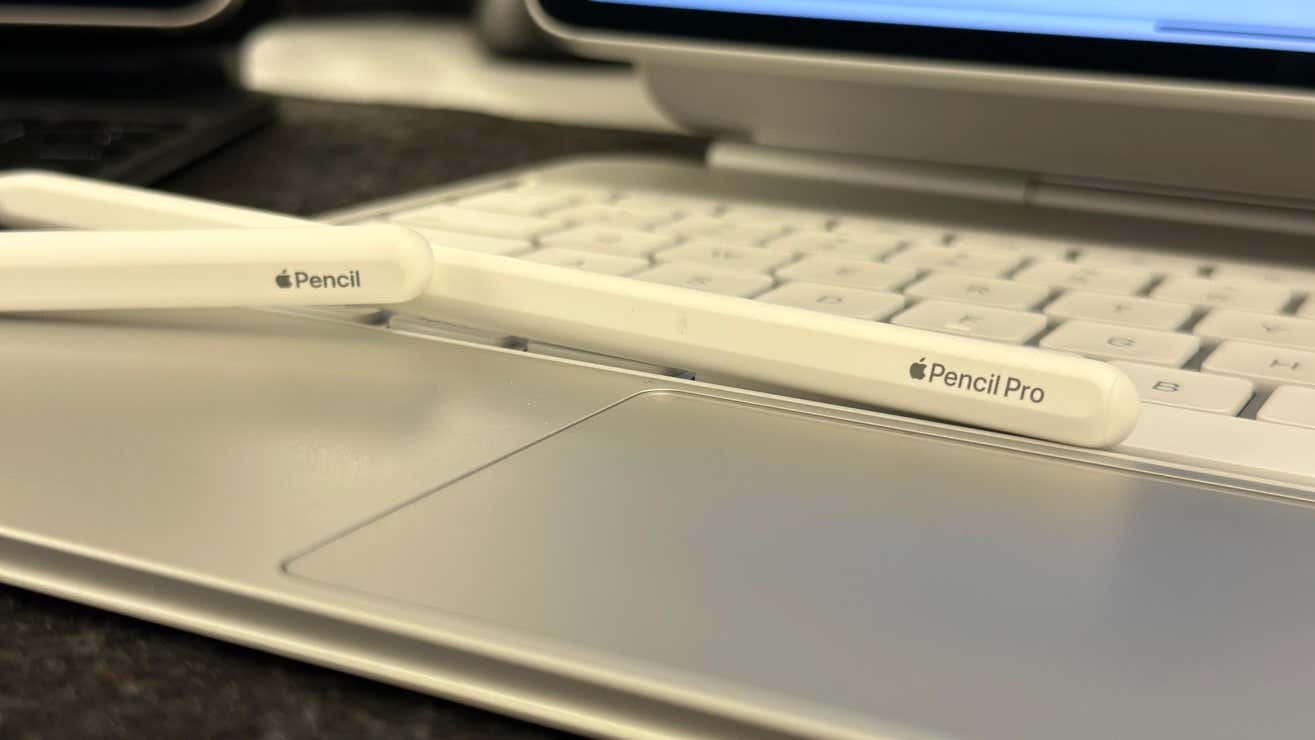
If you’re willing to drop several hundred dollars on a 2024 iPad Air or more than $1,000 on the M4 iPad Pro, you should really think about picking up the Apple Pencil Pro while you’re at it. The latest version’s new squeeze and barrel roll features don’t just feel like gimmicks. It intrinsically changes and enhances how you use the stylus and how you use the iPad in general. Art tools and drafting apps alike feel so much more intuitive and akin to their analog counterparts.
7 / 11
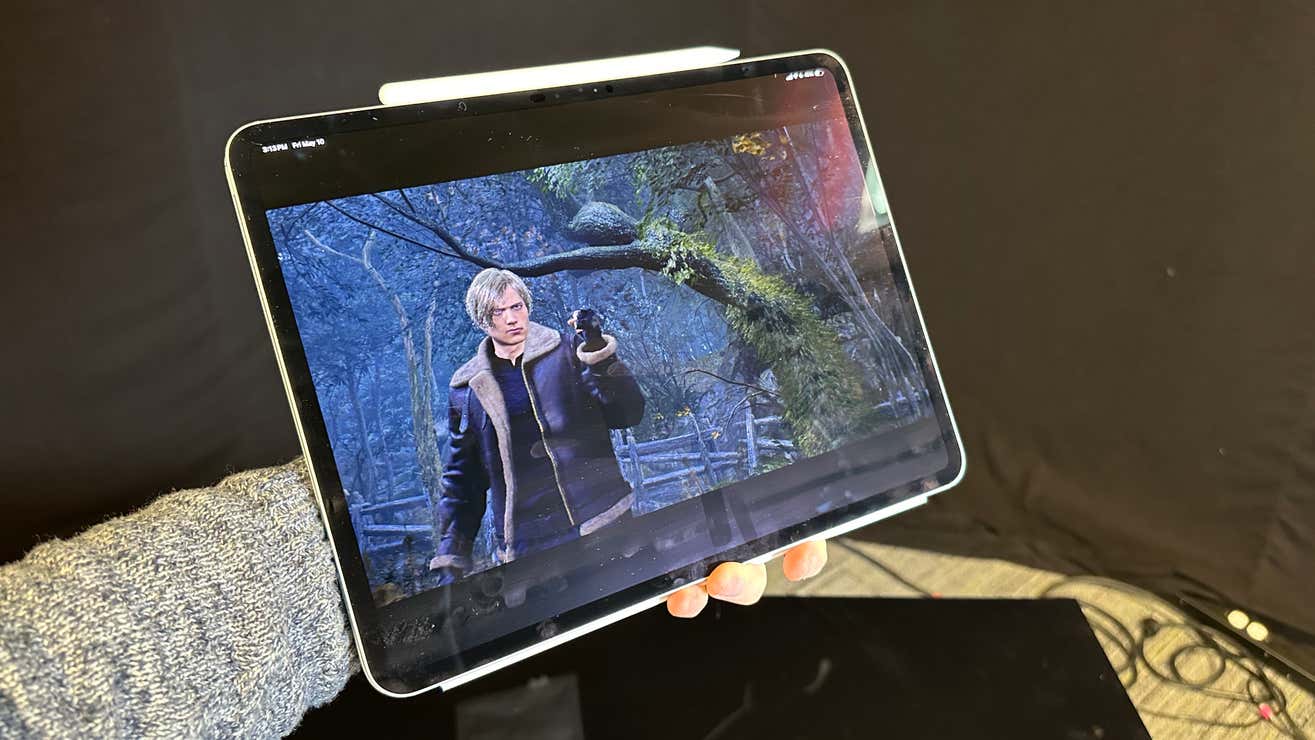
8 / 11
Starting at $1,000, the iPad Pro with an M4 chip is beautiful and powerful. And in a lot of ways, try to even out-MacBook the MacBook. Thanks to a new OLED screen and chip, hardware-wise, it’s as close as possible to that goal. The new OLED display is sharper, brighter, and more colorful than the previous iPad Pro with the Liquid Retina XDR mini-LED screen.
9 / 11

Google recently unveiled the latest features of Chromebook Plus. Gemini will sit prominently on users’ taskbars, much in the same way Microsoft promotes Copilot. There are additional ports of Android features like AI wallpapers and Magic Eraser. The latest Chromebook Plus models can also use “Help me Write” to automatically fill in blog headlines or reply to friends on Instagram. Surprisingly, the real meat comes from the all-new Game Dashboard. It’s a rather simple implementation that lets you take screenshots or save videos of your game, whether when playing something natively on a Chromebook or while streaming on services like GeForce Now.
10 / 11

The latest LG QNED refresh is one of the best TVs for a bright room. My review unit 65-inch QNED 90 T sported pretty deep blacks and good color contrast, and while it won’t overshadow OLED it’s still a solid second choice. The best part of using the QNED 90 T was how well it adapted itself to my ugly office environment. Under glowing fluorescents and the natural rays from a nearby window, I didn’t experience any real glare or other distractions from the surrounding lights.
11 / 11
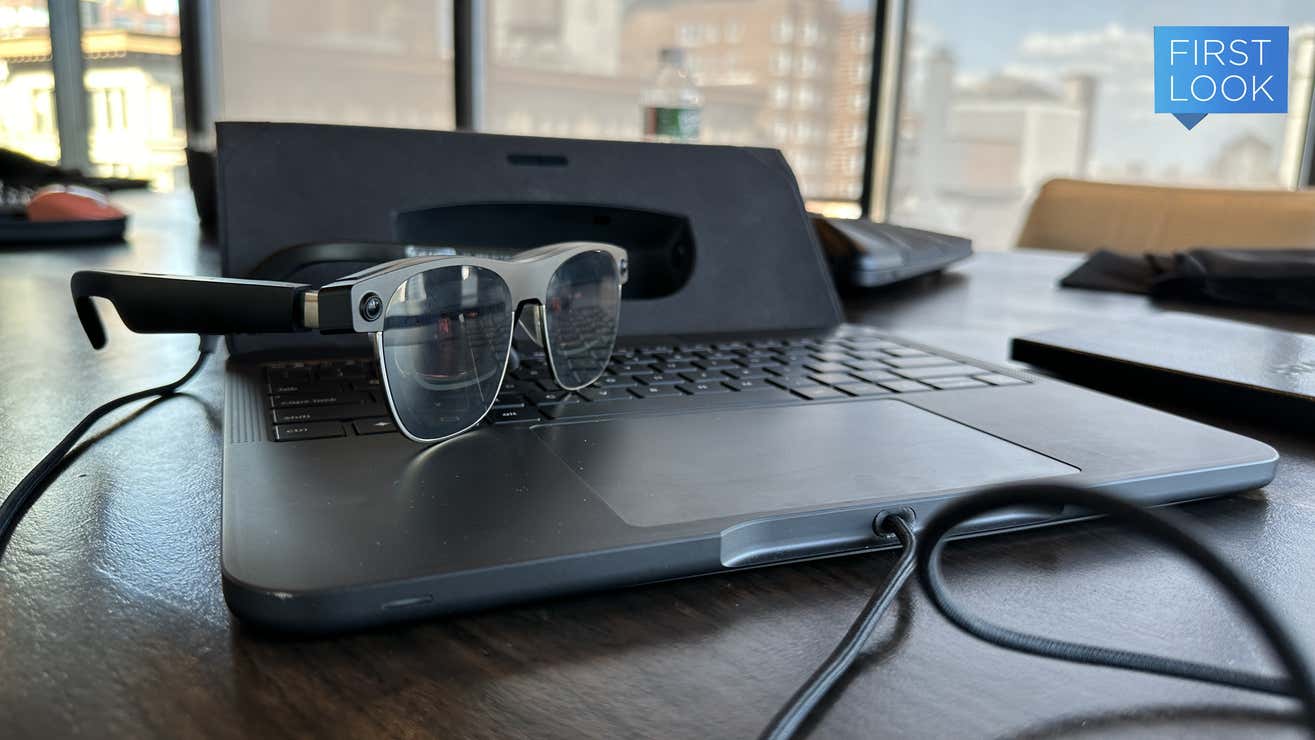
The $1,900 Spacetop G1 is a pair of AR glasses paired with a laptop body and a magnetic cover with a large bulge to contain it all. When wearing the glasses, you’ll see a pretty spartan UI with a blackened background that hovers a few feet in front of you and surrounds you ear to ear. You can load up various windows and lay them wherever you want on that wide desktop akin to Apple’s spatial computer. You can resize these however you wish and bring windows forward or back with a few simple gestures on the touchpad. This is a device made for ultra-multitaskers who demand more, more, and more screens.
